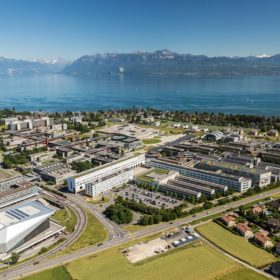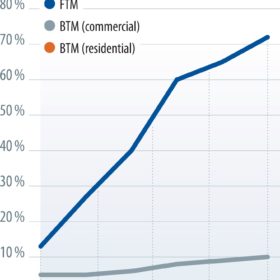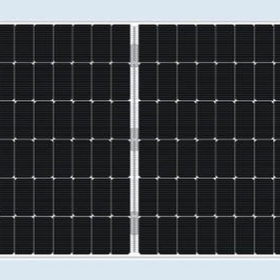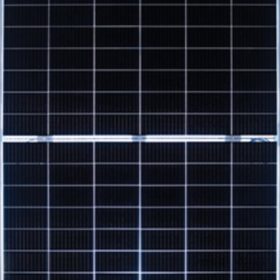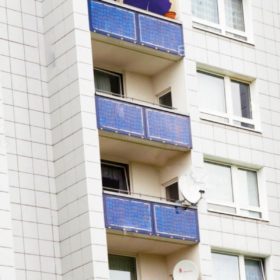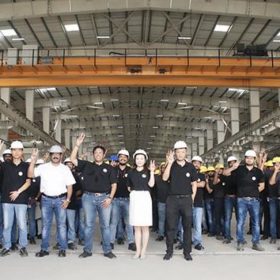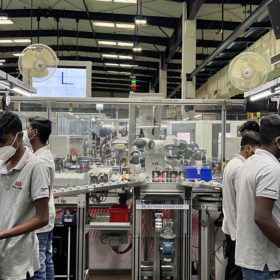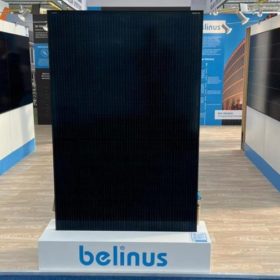The economics of perovskite solar manufacturing
Scientists in Switzerland put together a detailed analysis of the projected costs of designing and operating a 100 MW perovskite solar cell production line in various locations, taking in labor and energy costs as well as all materials and processing. The found that perovskite PV could be cost-competitive with other technologies even at much smaller scale, but noted that this still depends on the tech proving its long-term stability, and impressive achievements in research being successfully transferred to commercial production.
The long read: China’s policy-driven battery boom
The rise of electric vehicles brings rapid technological advancement and cost reductions to lithium ion battery manufacturing, which can serve to make batteries more useful and more profitable for the energy storage industry. However, the use of stationary batteries as energy assets is still at a nascent stage. Most markets and business models are immature, and InfoLink analyst Yuan Fang-wei sees policy as the major driving force to lead and stimulate China’s energy storage market.
Battery cell manufacturing in India could attract over $9 billion in investment by 2030, says ICRA
A new report by ICRA says rising electric-vehicle penetration will drive significant investment in battery cell manufacturing in India. It expects EV battery demand in the nation to touch 15 GWh by 2025 and 60 GWh by 2030.
Yingli unveils n-type TOPCon solar panel with 22.0% efficiency
Yingli’s 156-cell Panda 3.0 PRO module has a temperature coefficient of -0.30% per degree Celsius and is available in wattages ranging from 590 W to 615 W, with a bifaciality of more than 90%.
Vikram Solar unveils 660 W bifacial modules
Vikram Solar has unveiled new mono PERC bifacial modules with front-side power outputs from 635 W to 660 W and front-side efficiencies ranging between 20.38% and 21.18%, respectively. The modules feature glass-to-glass construction and provide up to 25% bifacial gain.
German state supports balcony solar power generation via rebate program
The government of Mecklenburg-Vorpommern has allocated €10 million ($9.93 million) to support the deployment of balcony solar modules with a power output of up to 600 W.
Arctech opens 3 GW solar tracker factory in India
China’s Arctech has opened a 3 GW solar tracker factory in India to deepen its market penetration in the nation. The factory will produce all major components of Arctech solar tracker products.
Reliance Industries presents scaled-up solar, battery ambitions
Reliance Industries says that production will begin at its 10 GW factory for solar cells and modules by 2024. It plans to double the facility’s capacity to 20 GW by 2026 and is aiming for 50 GWh of annual cell-to-pack battery capacity by 2027.
ABB India upgrades smart power factory to Industry 5.0
ABB has adopted Industry 5.0 production processes at its smart power solutions factory in Bengaluru. With “cobots” working alongside humans, the factory’s productivity has improved by 40%, while energy productivity has gone up by more than 15%.
Belgian manufacturer unveils 400 W black glass-glass heterojunction solar module for residential applications
Belinus has released a new solar panel with a power conversion efficiency of 22.0% and a temperature coefficient of -0.25% per degree Celsius.
